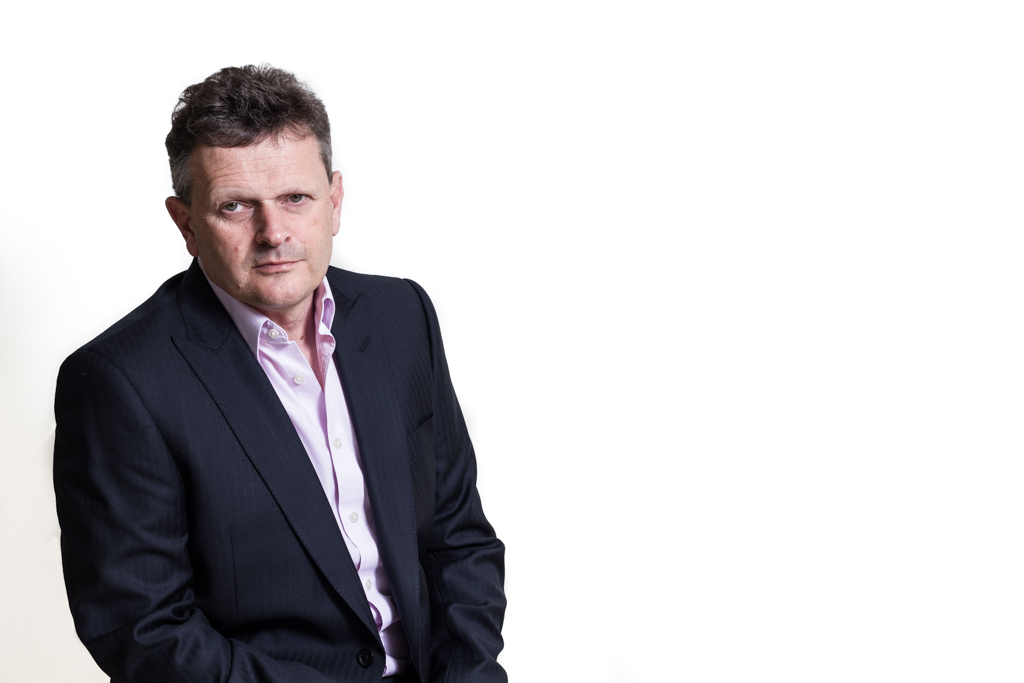Kevin Lee, Chief Digital Officer, Consumer at BT, joined us on #Inclusively to talk about how the British telecoms company is building towards a more inclusive future. This is a short summary of a very wide-ranging discussion. The full video of the interview can be seen here.
Kevin’s exposure to the Inclusion topic goes back 20 years under previous roles including eBay and Samsung. He found himself drawn into the opportunity and its possibilities and that lead him to championing it within the BT Consumer organisation. Kevin’s role is to ensure that all the products and services built under BT, EE and PlusNet brands are open and available to everyone, especially those who fall into those demographics which may have been excluded in the past.
It is within the power of the organisation to build products so everyone can consume them. Most importantly, this agenda is now very visible in the senior management team at BT Group and in the Board, where it is strongly supported by a Non-Executive Director who is a wheelchair user.
Throughout the organisation the issue is being identified as an important pillar of the business.
- Inside BT Group, the Able2 network represents all employees who identify as being disabled and is building up knowledge across different disabilities and helping create more work opportunities
- In retail outlets, inclusive design, including hearing loops and wheelchair access are always included in the physical shopping environment. And, simple adjustments such as extending appointments from 15 minutes to an hour can really help excluded groups.
- Inclusion is also part of training for all those in customer service.
BT Group’s tagline is Connect for Good. The elevation of inclusive design and building Digital Accessibility into all products and services is absolutely at the heart of that mission. BT Group want to embrace the abilities of all people and connect them in the best possible way for their own, business and societal benefits. Giving them access to all of the services available in a digital ecosystem will only improve everyone’s prospects.
Inside BT Group this also has a major impact, empowering all people, whatever disability, to be part of the decision-making process. In this way, products and services as well as the customer experience journey, are informed by all possible user types rather than the more restricted influences of the past. This approach to diversity is reflected in its workforce currently showing 34.9% female representation globally, 11.9% ethnic representation in the UK and disabled people representing 6.3% overall.
Part of Kevin’s philosophy is that all users run into problems at some time. This could be a login issue, wrong password, attempting to buy something, problem with a device or a setting on a router. Thinking about the ‘edge’ case where someone is unhappy, and designing around that will help everyone receive a cleaner, frictionless service. Identifying these use cases will benefit everyone ultimately. Design for the ’Happy Cases’ is easy. Designing to gradually rule out the ‘Unhappy Cases’ takes a lot more thinking and design up front but will ultimately make everyone’s life a lot simpler. This contrasts with previous approaches of designing add-ons for different groups such as the elderly and different disabled groups.
Traditionally, product design tends to be based around the individual’s own experience and it is difficult to think as a disabled person, vision impaired or cognitively impaired person. One of the easiest ways to build this broader thinking into the business is to get the business leaders to understand that there is an ROI in bringing people formerly excluded groups into the marketplace. Obviously, revenue is attached to these groups and opening up access to connected services can be life changing. This usually works like a charm because it has revenue uplift attached to it and usually improves NPS and other metrics.
Kevin has certainly used exercises like asking people to ‘literally close their eyes’ and try to experience a product or service in the way a disabled person would. People soon realise they have no idea where to tap, no spatial awareness and a feeling of frustration about getting relatively simple things done. And the same is possible for the hearing impaired or those with physical restrictions. This can be extremely powerful.
This is a ‘common sense’ approach to walking in the shoes of different user groups.
So, common sense, plus international standards for Digital Accessibility and inclusive design will make everyone’s lives easier.
The design process also means that it is aimed at problem solving. Once a problem is solved it is logged and available to all. Hence, building up a more inclusive set of services. This is, of course, aided by a more software-centric environment where the former hardware-centric services would be much more expensive, time consuming and difficult to adapt.
Kevin sees a lot of emerging technologies helping this move to a more inclusive future. This includes device specific initiatives in IOS and Android, but also in the broader compute, consumer electronics and applications environments. Artificial Intelligence based service today, especially Generative AI have enormous potential to change the inclusion landscape.
In Kevin’s mind, this all-embracing approach will result in a greater return for the business and society. It is a mindset change for the business and results in a richer cultural environment to work in and ‘happier’ customers.

